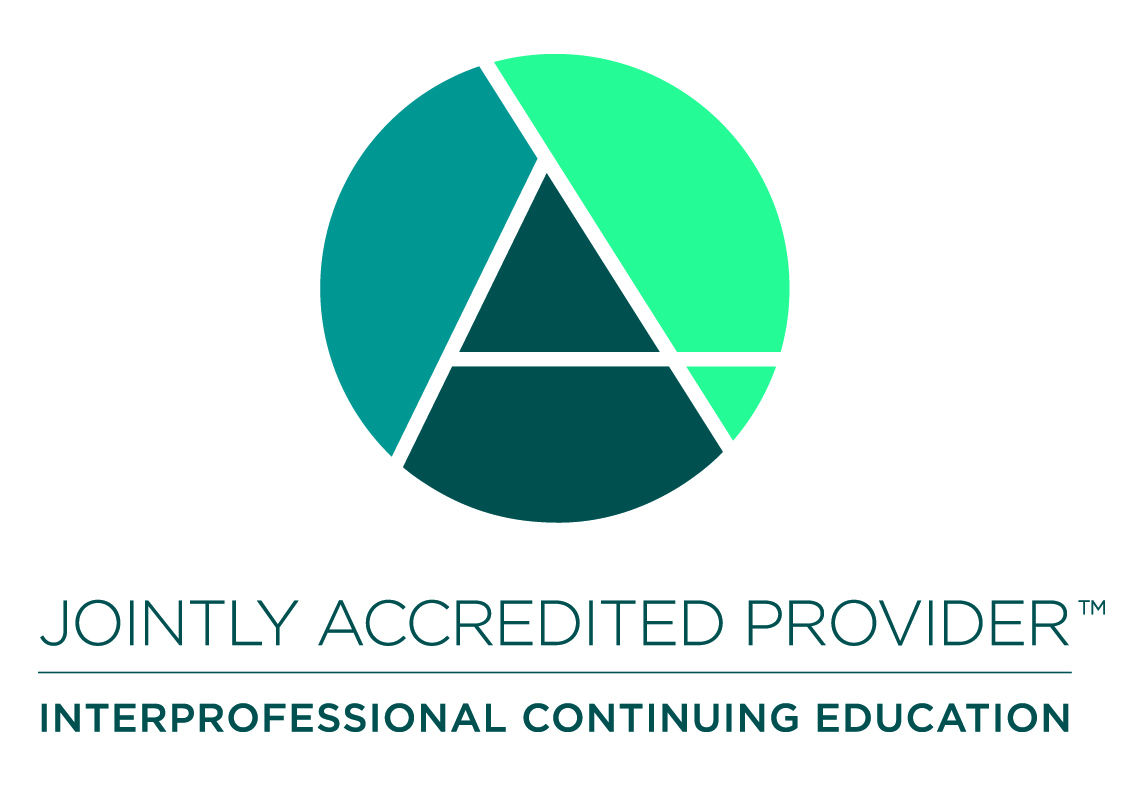
0255-11_SHU_Labor & Delivery Transition in Practice_Live Cohort 24.11
Description:
This program is designed for an experienced RN new to Labor & Delivery or a new graduate RN just beginning their career in labor and delivery. The employee participates in 10 days of didactic, hands-on skills, and simulation training over 7 weeks. This program offers evidence-based content and is modeled after AWHONNs principles as a framework. Topics covered include Physiology of pregnancy and labor, labor support, electronic fetal monitoring, caring for the intrapartum patient, complications and emergencies occurring during pregnancy and delivery, OR circulating and recovery, immediate care of the postpartum patient and newborn. This program is intended to provide foundational knowledge and improve competency for common Labor & Delivery skills.
Target Audience
Nurse, Registered (RN)
Learning Objectives
At the end of course, participants will be able to:
1. Describe maternal physiologic changes that occur during pregnancy.
2. Summarize the nursing care provided during the four stages of labor.
3. Differentiate between normal and dysfunctional labor progress.
4. Demonstrate supportive, non-pharmacologic methods of pain relief used during labor that may also facilitate labor progress.
5. Differentiate between induction and augmentation of labor and describe the various agents used.
6. Prioritize the nursing interventions utilized during an umbilical cord prolapse.
7. Review postpartum hemorrhage etiology and demonstrate appropriate management.
8. Discuss maternal and fetal conditions requiring cesarean birth.
9. Describe the nursing care provided for a cesarean birth in the preoperative, intraoperative, post-operative and post anesthesia care recovery phases.
10. Identify pharmacologic methods of pain relief.
11. Discuss risk factors, theories of etiology, and management of preterm labor and preterm premature rupture of membranes.
12. Describe the prevalence, physiology, risk factors and management for multiple gestation, including the nursing care of women with twins.
13. Explain theories of etiology, pathophysiology, and management of hypertensive disorders in pregnancy.
14. Differentiate the types of diabetes and their risk factors and management in pregnancy.
15. Employ the guidelines for care of the obstetrical patient requiring transport.
16. Review the appropriate assessment and care of the obese woman in labor and delivery.
17. Examine the impact of sexually transmitted infections and perinatal infections on the mother and newborn.
18. Identify risk factors and implement interventions for shoulder dystocia at delivery.
19. Describe the basic physiology of normal lactation and supportive techniques to facilitate early breastfeeding.
20. Demonstrate interventions for the preeclamptic/eclamptic patient.
21. Prepare for the process of immediate newborn assessment and stabilization.
22. Describe newborn physical assessment and routine care for the low-risk newborn in the first two hours after birth.
23. Demonstrate safe delivery practices for a precipitous (attended only by the RN) vaginal delivery.
24. Discuss the effect of perinatal loss on mothers, partners and hospital staff.
25. Appraise sources of perinatal liability and risk.
Assembly Bills 1195 & 241- Providing Culturally Appropriate Care which is Free of Implicit Biases:
- Saluja, B., & Bryant, Z. (2021). How implicit bias contributes to racial disparities in maternal morbidity and mortality in the United States. Journal of Womens Health, 30(2), 270–273. https://doi.org/10.1089/jwh.2020.8874
- Harrigan-Farrelly, J. (2022). For black women, implicit racial bias in medicine may have far-reaching effects. U.S. Department of Labor. LINK
- Badreldin, N., Grobman, W. A., & Yee, L. M. (2019). Racial Disparities in Postpartum Pain Management. Obstetrics and gynecology, 134(6), 1147–1153. https://doi.org/10.1097/AOG.0000000000003561
- Siden, J., Carver, A., Mmeje, O., & Townsel, C. (2022). Reducing implicit bias in maternity care: A framework for action. Women’s Health Issues; 32(1). https://doi.org/10.1016/j.whi.2021.10.008

Disclosure of Financial or In-Kind Commercial Support & Conflict of Interest
No one involved in the planning or presentation of this educational activity have any relevant financial relationship(s) to disclose with ineligible companies whose primary business is producing, marketing, selling, re-selling, or distributing healthcare products used by or on patients. No financial or in-kind commercial support was received to produce or promote this educational activity.
– Provider Designee/Verification: Kerri Maya, PhD(c), MSL, RN, NPD-BC
Accreditation

In support of improving patient care, Sutter Health, is jointly accredited by the Accreditation Council for Continuing Medical Education (ACCME), the Accreditation Council for Pharmacy Education (ACPE), the American Nurses Credentialing Center (ANCC), and the Association of Social Work Boards (ASWB) to provide continuing education for the healthcare team.
Credit Designation Statement
Sutter Health designates this LIVE activity for a maximum of 65.25 continuing professional development contact hours for nurses. Learners should claim only the credit commensurate with the extent of their participation in the activity.
Note to Other Disciplines: AMA PRA Category 1 Credits HOURS™ Continuing Medical Education is acceptable for meeting the continuing education requirements for Pharmacists, Physician Assistants, Psychologists, Registered Nurses, and Respiratory Care Practitioners. For other disciplines, please check with the regulatory board for your discipline to confirm what type of credits meet the continuing education requirements. Continuing education hours for nurses accredited by ANCC, via Joint Accreditation.
Attendance & Credit Claiming
Text the 6-letter attendance verification code to (916) 866-7913 to claim credit.
Available Credit
- 65.25 CA BRN
Nursing Credit - California Board of Registered Nursing (CA BRN)
This activity is approved for 65.25 contact hour(s) by Sutter Health, which is an approved provider by the California Board of Registered Nursing. (Provider Number 17182). Nurses should claim only the credit commensurate with the extent of their participation in the activity.
Labor and Delivery Transition in Practice CME Credit Hours
| Date | CME Credit Hours |
| 11/18/24 | 6.25 |
| 11/19/24 | 7.25 |
| 11/20/24 | 7.25 |
| 11/21/24 | 7.25 |
| 11/22/24 | 6.25 |
| 12/16/24 | 7 |
| 12/17/24 | 6.75 |
| 12/18/24 | 6.50 |
| 12/19/24 | 6.00 |
| 12/20/24 | 4.25 |
Total CME Credit Hours: 66.25
Learners should claim only the credit commensurate with the extent of their participation in the activity.

 Facebook
Facebook X
X LinkedIn
LinkedIn Forward
Forward